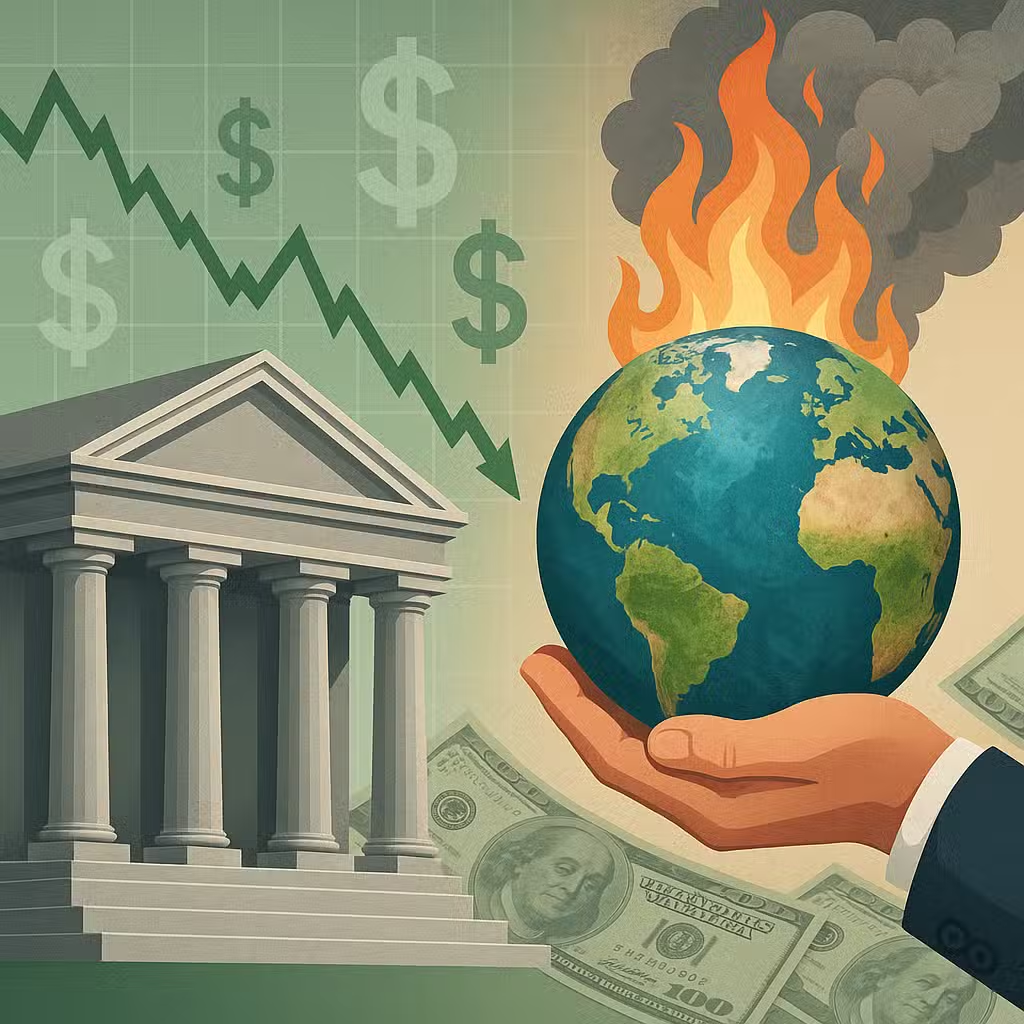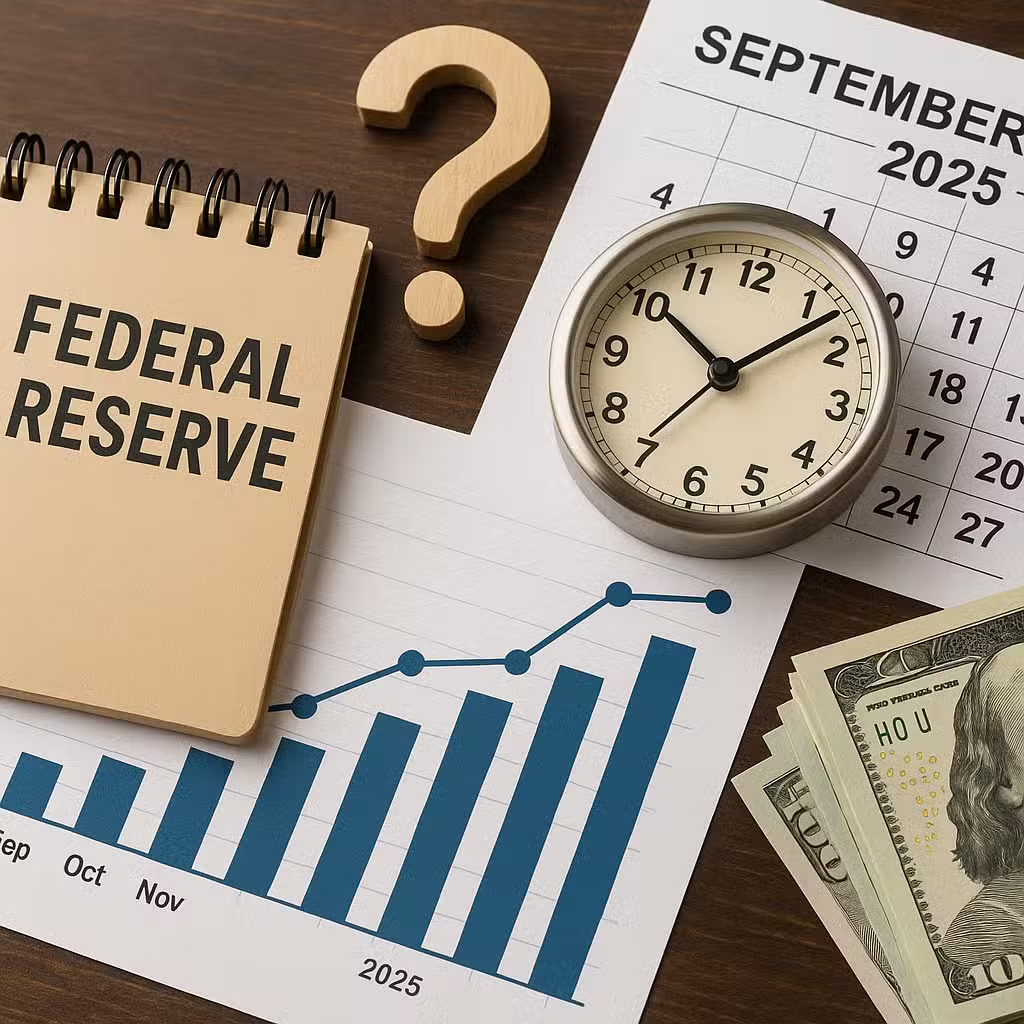Bank Climate Risk Rules Dropped, Easing Compliance Costs and Uncertainty for Investors
Imagine if you had to pack an emergency kit for every possible weather event, even if your school already had a solid safety plan. That’s kind of what just happened in the banking world—and it matters for anyone investing in banks or the broader economy.
What Changed for Banks?
U.S. regulators have decided to drop special rules that made banks plan for possible losses from climate-related disasters. These rules were meant to make sure banks could handle things like floods, fires, or storms linked to climate change. But now, the Federal Deposit Insurance Corporation (FDIC), the Office of the Comptroller of the Currency (OCC), and the Federal Reserve say banks already have to plan for all kinds of emergencies, so extra climate rules aren’t needed.
Why Investors Should Care
When rules for banks change, it can affect how risky or safe investing in those banks feels. If banks have less red tape, they might save money and work more efficiently. But if they aren’t prepared for big risks, that could hurt profits—or even the whole financial system—down the road.
Bullish View: Why This Could Be Good
- Less Cost, More Focus: Banks won’t have to spend extra money on special climate risk reports. This could mean lower costs and better profits.
- Clearer Rules: Regulators say banks already plan for all big risks, so no need for double work. This could make bank operations simpler.
- Freedom to Compete: Banks can focus on lending, investing, and serving customers instead of filling out more paperwork.
Bearish View: Why This Could Be Risky
- Overlooking Real Risks: Climate disasters are getting more common and expensive. The U.S. had 28 billion-dollar weather disasters in 2023 alone (NOAA).
- Short-Term Savings, Long-Term Problems: Skipping special planning could save money now, but lead to bigger losses later if banks aren’t ready for climate shocks.
- Investor Worry: Some investors may see this as ignoring future threats, making them nervous about bank stocks.
What Do Experts Say?
Some leaders, like Fed Governor Michael Barr, think dropping these rules is “shortsighted” and could make banks—and the whole system—riskier as climate risks grow. Others, like Governor Michelle Bowman, say the old rules just caused confusion and extra costs without making banks safer.
It’s a debate that goes beyond banking. A recent study by the Bank for International Settlements showed that climate-related disasters can make bank stocks drop, especially in countries not prepared for them (BIS report).
Investor Takeaway
- Watch for Policy Shifts: Big changes in bank rules can affect profits and risks. Stay alert to what regulators are doing.
- Diversify Your Holdings: Don’t put all your eggs in one basket—spread your investments across sectors to manage risk from unexpected disasters.
- Check Bank Disclosures: Look at what your banks are saying about climate and other risks, even if they aren’t required to report as much now.
- Think Long-Term: Even if rules are looser now, climate events can still cause big losses. Consider companies with strong risk management.
- Stay Informed: Keep up with news and studies about climate risk and financial markets—they can signal future trends and opportunities.
For the full original report, see CNBC







